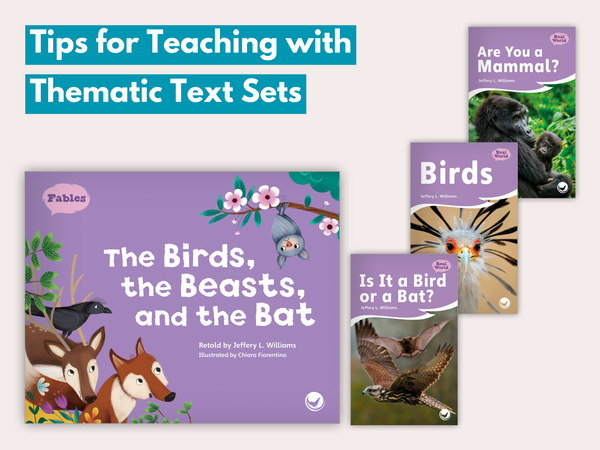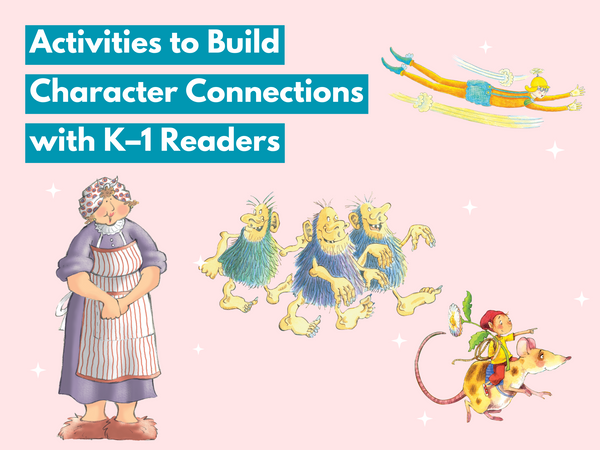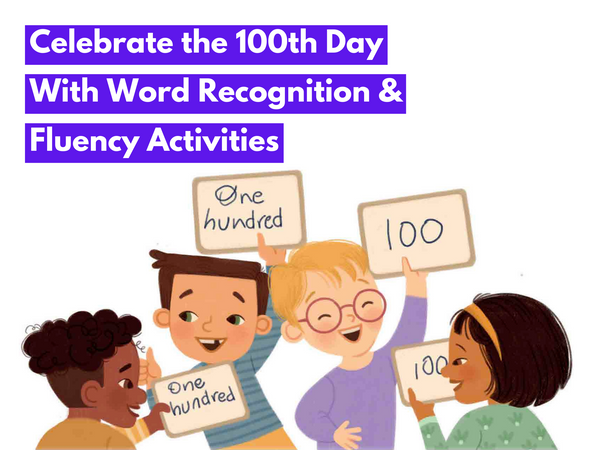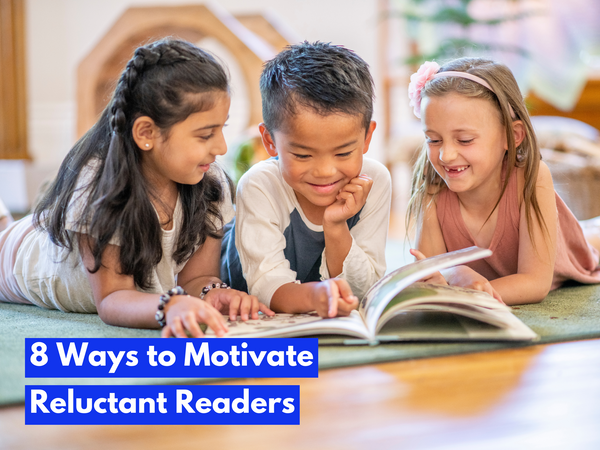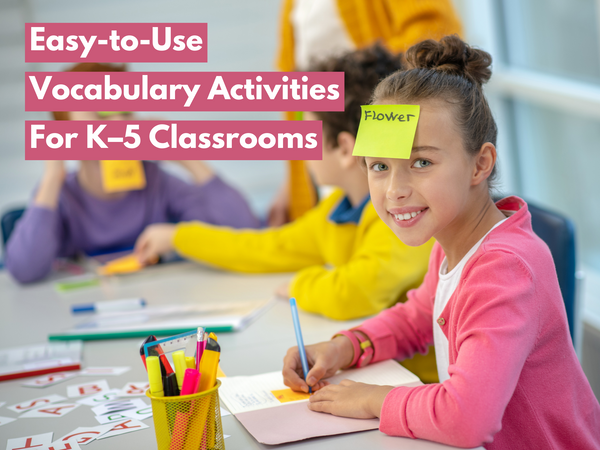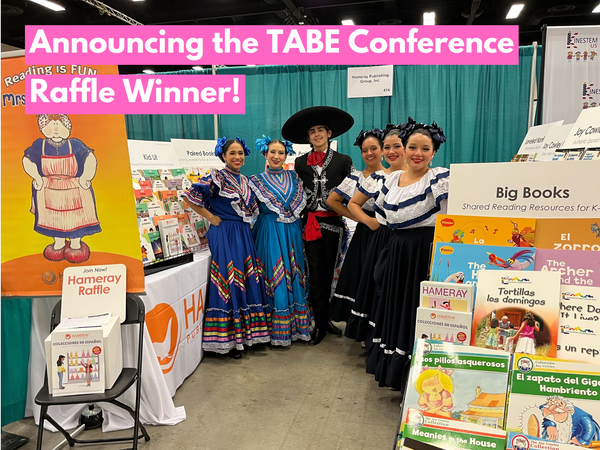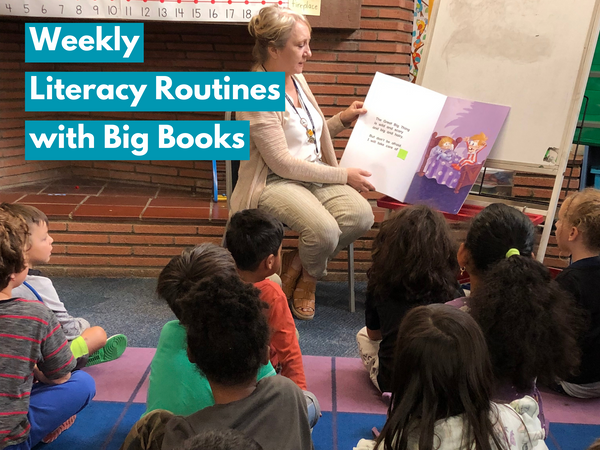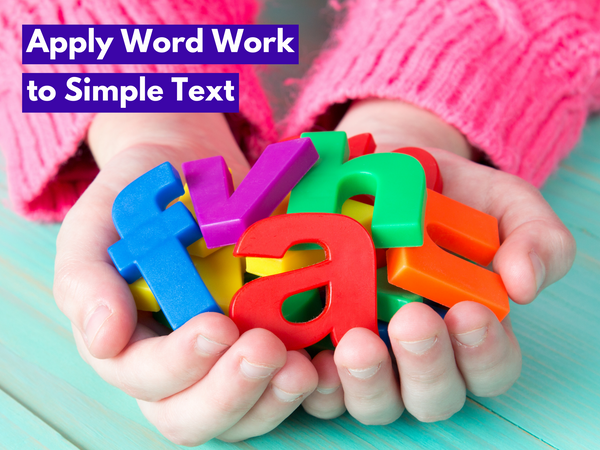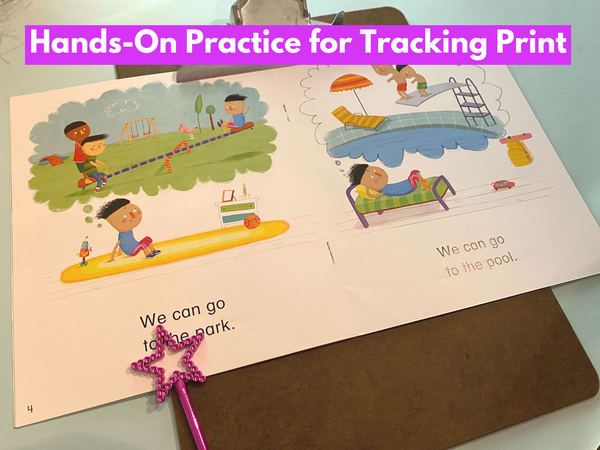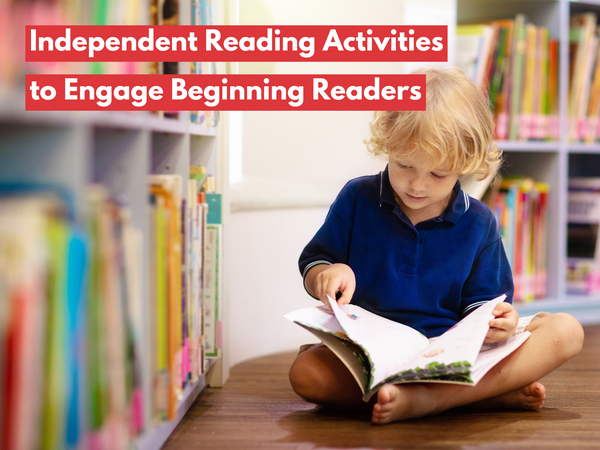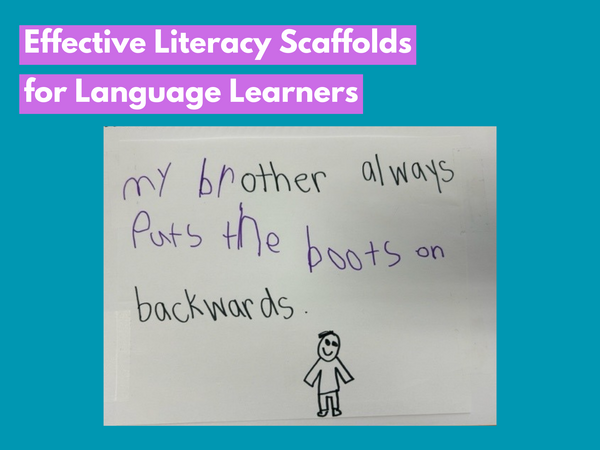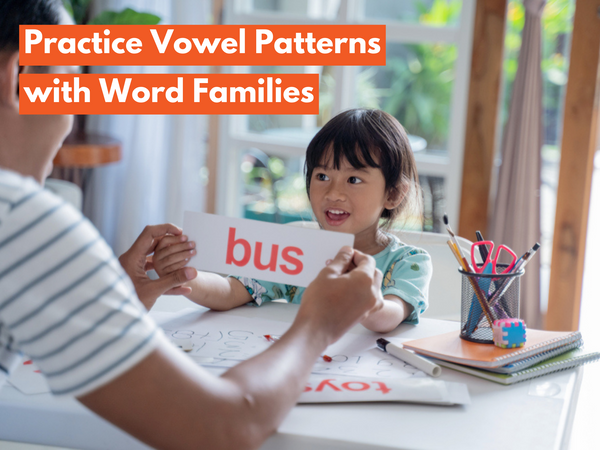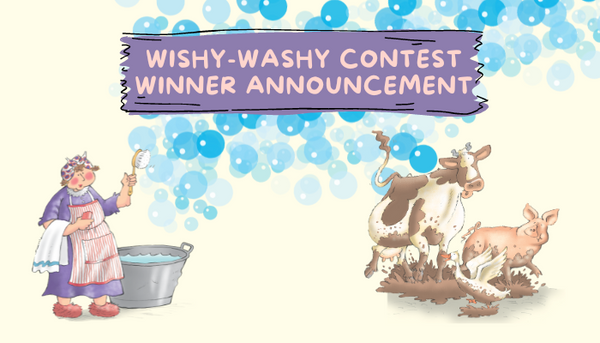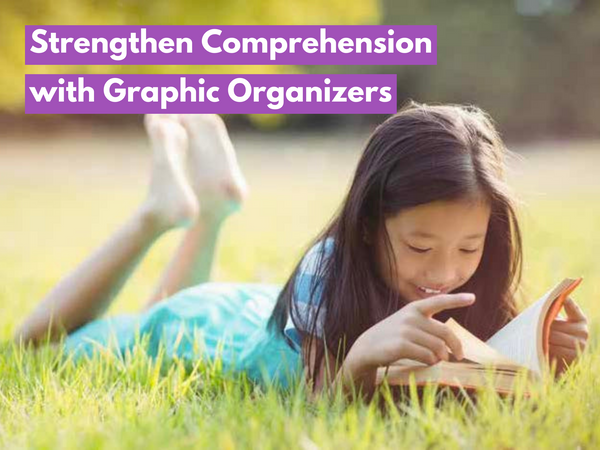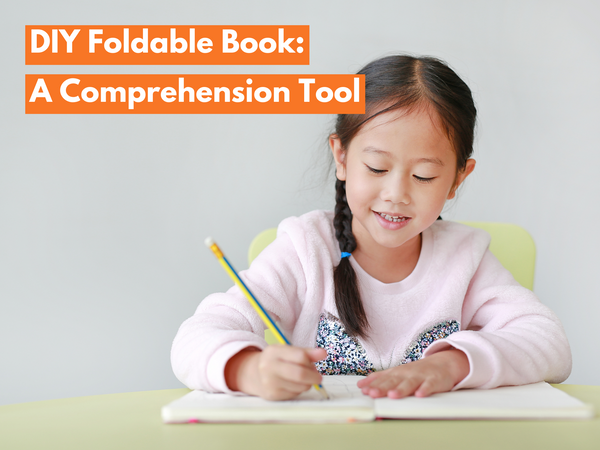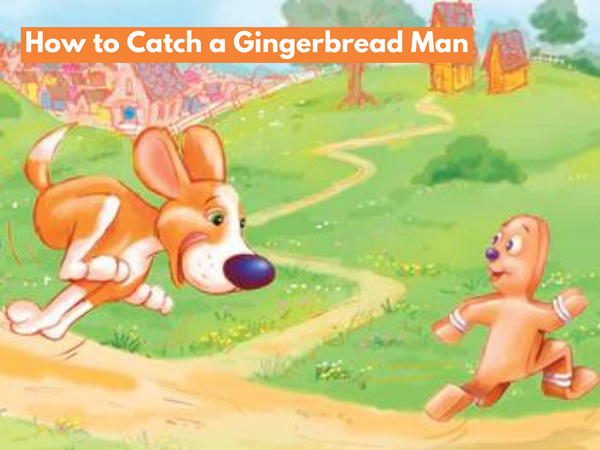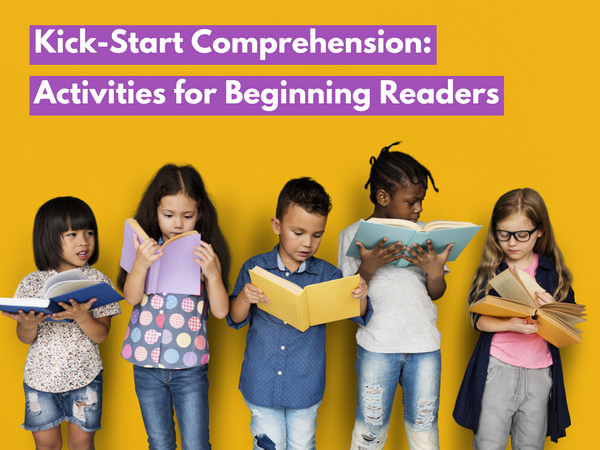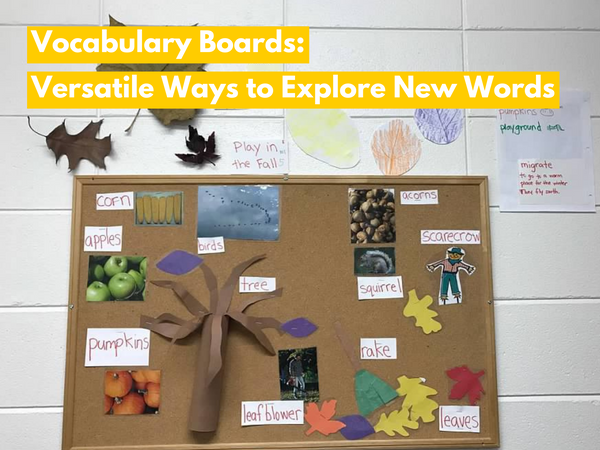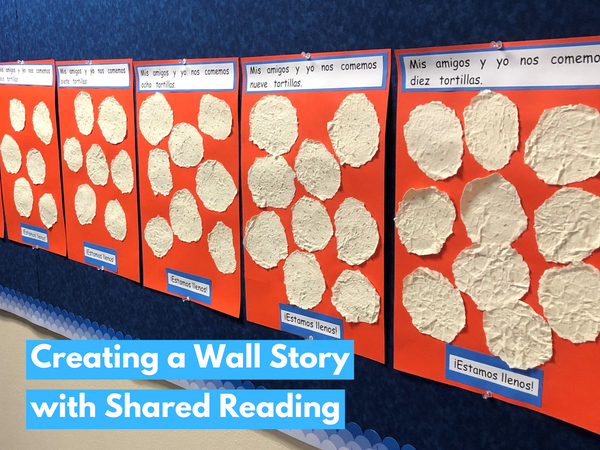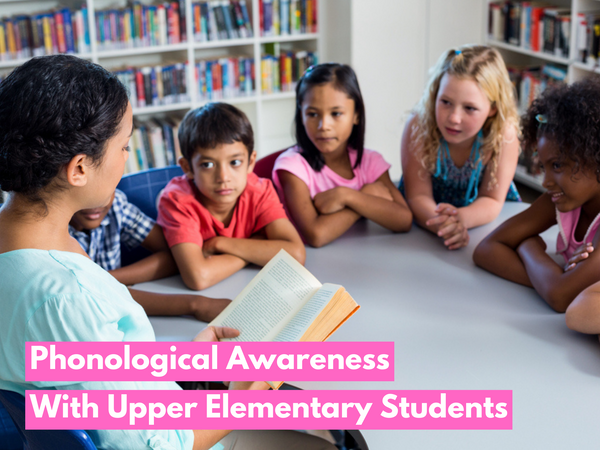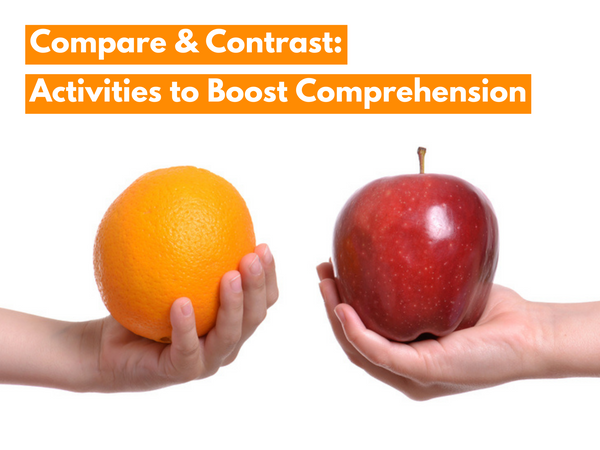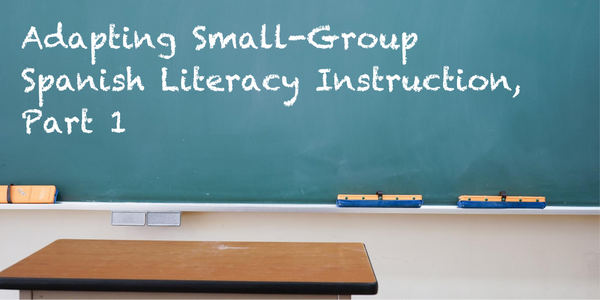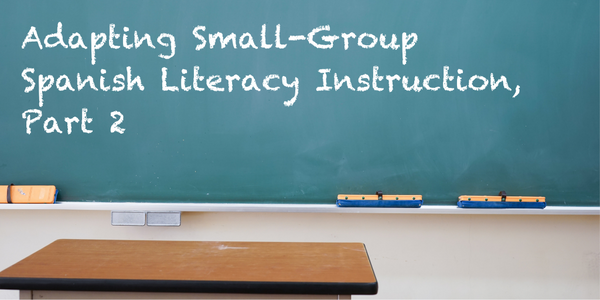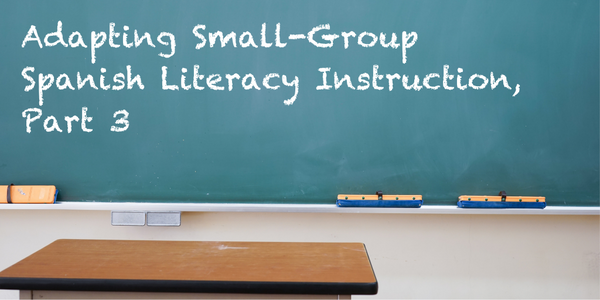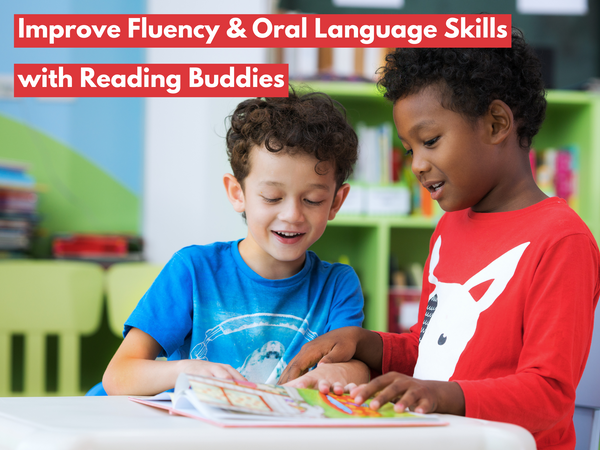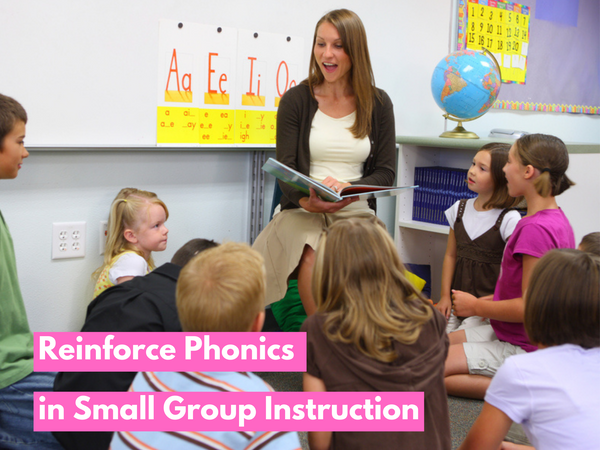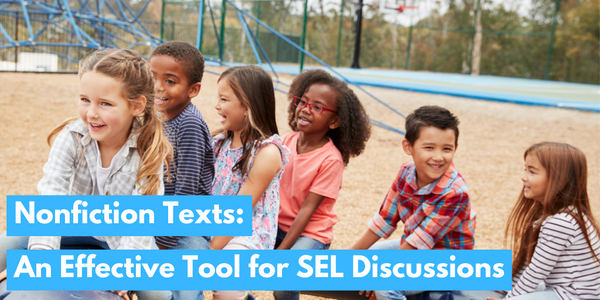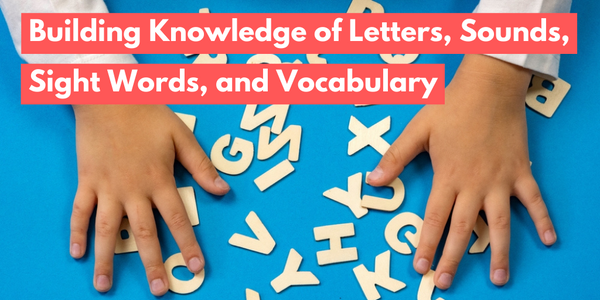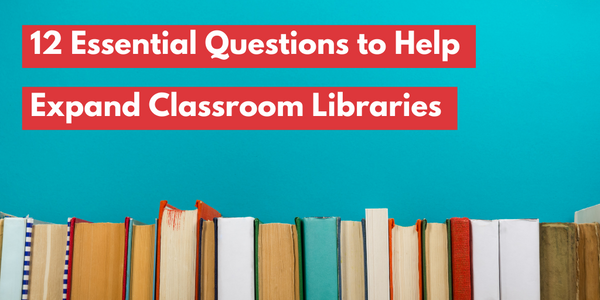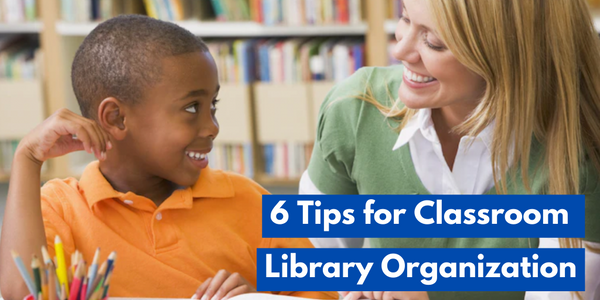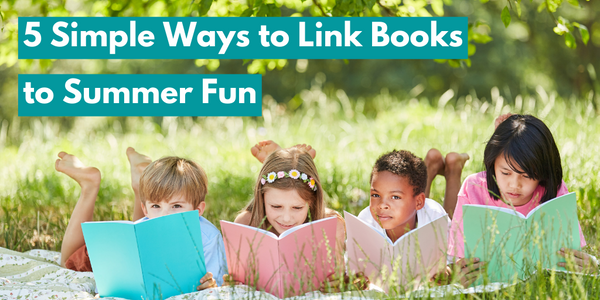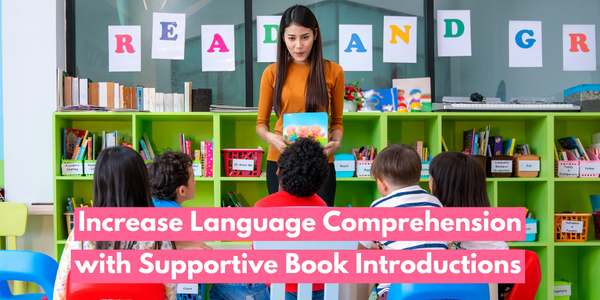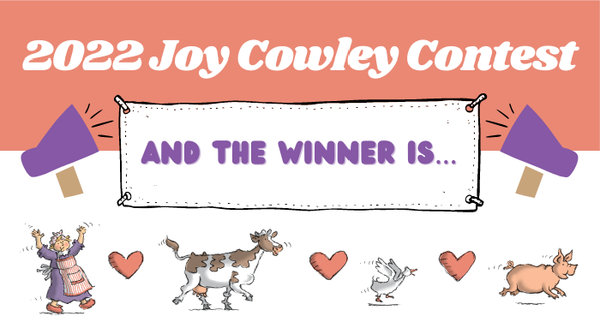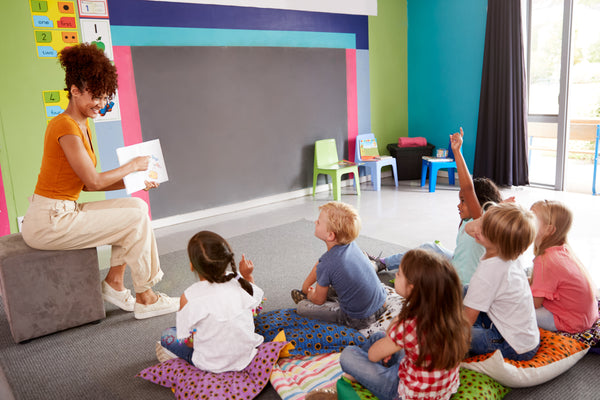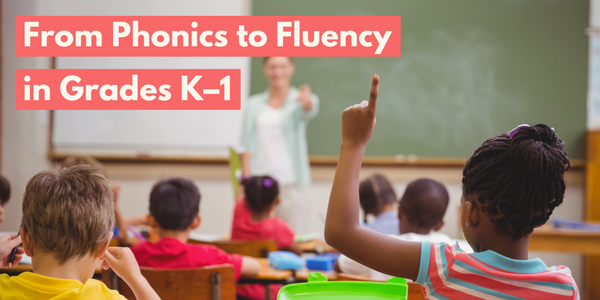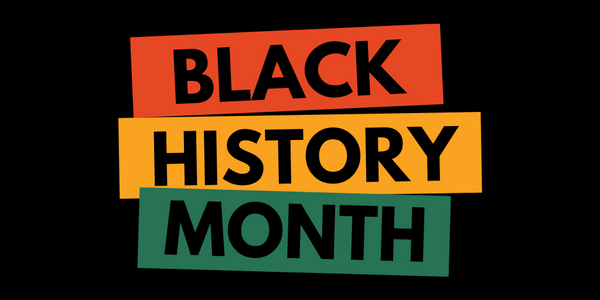By Sarah Maze, M.S. Ed., Guest Blogger
In today’s classrooms, reading instruction and science content are fully integrated. Common Core Informational Standards for language arts are applied to lessons about science, social studies, and math. What better way to enhance content mastery than with reading and writing? Today we will focus on the topic of the five senses.
Dr. Jean has a song to the familiar tune of “Bingo” that my students always enjoyed. It starts out, “I have five senses that I use to help me learn each day. See, hear, smell, taste, touch.” The five senses are always an engaging topic for young learners when the lessons are experiential.
In today's blog post, I'll describe a few ways you can incorporate a level H nonfiction book for kids ( What Are the Five Senses? ) into your instruction. The book begins with an introduction about the five senses and sense organs. Then it covers each of the five senses and ends with applying them to the food we eat.
Look at That! This section focuses on sight and attributes that the eyes see, such as size, color, distance.
Adjective Application |
Common Core writing standards require students
 to expand sentences. One way students can do this is by adding adjectives to make their writing more descriptive. As you study the sense of sight, hold up an object, such as an apple, and ask students to describe it. Encourage them to use adjectives that describe the size, color, texture, shape, and so on.
to expand sentences. One way students can do this is by adding adjectives to make their writing more descriptive. As you study the sense of sight, hold up an object, such as an apple, and ask students to describe it. Encourage them to use adjectives that describe the size, color, texture, shape, and so on.
Write the sentence, I see an apple. Practice expanding on the sentence with some of the adjectives they listed. For example, I see a small, red apple with a brown stem. Different objects can be used depending on the season. Pumpkins, snowmen, or flowers are all appropriate. After you practice with students, give them a different object to practice on their own.
Where Is the Bear? | Location words are another way to make writing more specific. Put a bear (or any specific object) somewhere that students can see it. Then ask them to use their sense organ for sight to describe where the bear is located.
You say, Where is the bear? and ask different students to answer. Place the bear in different places such as on a table, by the door, beside the pencil sharpener, and so on. Then expand on the sentence, My eyes see a bear ___.
Listen Up! This section focuses on hearing and why hearing is important.
Name That Sound | Gather several different sound clips. Tell students you are going to play a sound clip and then you will ask them to identify the sound they heard. Remind them that this activity requires them to fully rely on their sense of hearing. Play each clip and discuss what information we learn from the sounds.
An example can include a fire alarm signaling danger, a school bell signaling the beginning or end of the day, a doorbell signaling someone is at the front door, music for entertainment. Students can write about additional sounds with the following sentence stems: I hear ___. This sound tells me ___. Encourage students to describe the noises with adjectives (loud, soft, high, low, noisy).
This Is Tasty: This section focuses on tastes that our tongues sense.
Taste Test | Choose food that represents different categories of taste, such as sweet, sour, salty, and bitter. Allow students to taste a small piece of food from each category and describe how it tastes.
As you guide students through this activity, take time to discuss words that describe each taste beyond the words yummy, yucky, or good . Then allow students to share with a partner which foods they liked and disliked most. Here are a few examples of foods for each category:
Smells Good: The sense of smell and taste are connected. This section challenges readers to try tasting food while pinching their nose. This is a fun experiment to try in the classroom.
Smells Like ___? |
Another fun activity
 to try is to prepare items to smell. Put each item in a container so students can’t see it and label the containers with numbers. Allow students to smell each container and discuss what they think it is.
to try is to prepare items to smell. Put each item in a container so students can’t see it and label the containers with numbers. Allow students to smell each container and discuss what they think it is.
Examples could be cinnamon, lemon, cotton ball with a little vanilla, garlic, mint, etc. Students can write a sentence for each container: I think item 1 is ___. The smell reminds me of ___. Afterward, show the students what’s in each container.
Ouch! That Hurts! Skin is the sense organ for touch. It senses temperature, pain, and pressure.
Touch and Tell | Allow students to feel different surfaces and match adjectives describing them. Then make a book that students can read to a partner. Glue or draw each item on a page. When students read their books to a partner, sight words and one-to-one correspondence are reinforced.
The end of What Are the Five Senses? summarizes each of the five senses by applying them to eating. Popcorn is a great food to use after discussing adjectives for each sense and the sense organs. Bring a hot air popcorn maker to class. Make popcorn and create a book that students can read about popcorn.
STEM activities are interactive and help students learn in hands-on ways. As you do experiments, reading and writing projects are naturally integrated into each lesson while addressing grade-level standards. Check back soon for more creative ways to incorporate reading and writing across content areas!
~~~
Sarah is an elementary school teacher who has taught kindergarten, first grade, second grade, and fifth grade. One of her most unique experiences was teaching orphans in Tanzania, Africa for a year. If you like what you read here, be sure to read more by Sarah on our blog .



![Reading and Writing About the Five Senses [First Grade]](http://www.hameraypublishing.com/cdn/shop/articles/main_image_page_19_3.02_boys_with_rocks_Shutterstock_309242144_Wavebreak_Media_0eff28c3-5d98-45c2-830e-bc3a5243c17b_1024x1024.jpg?v=1689961952)











